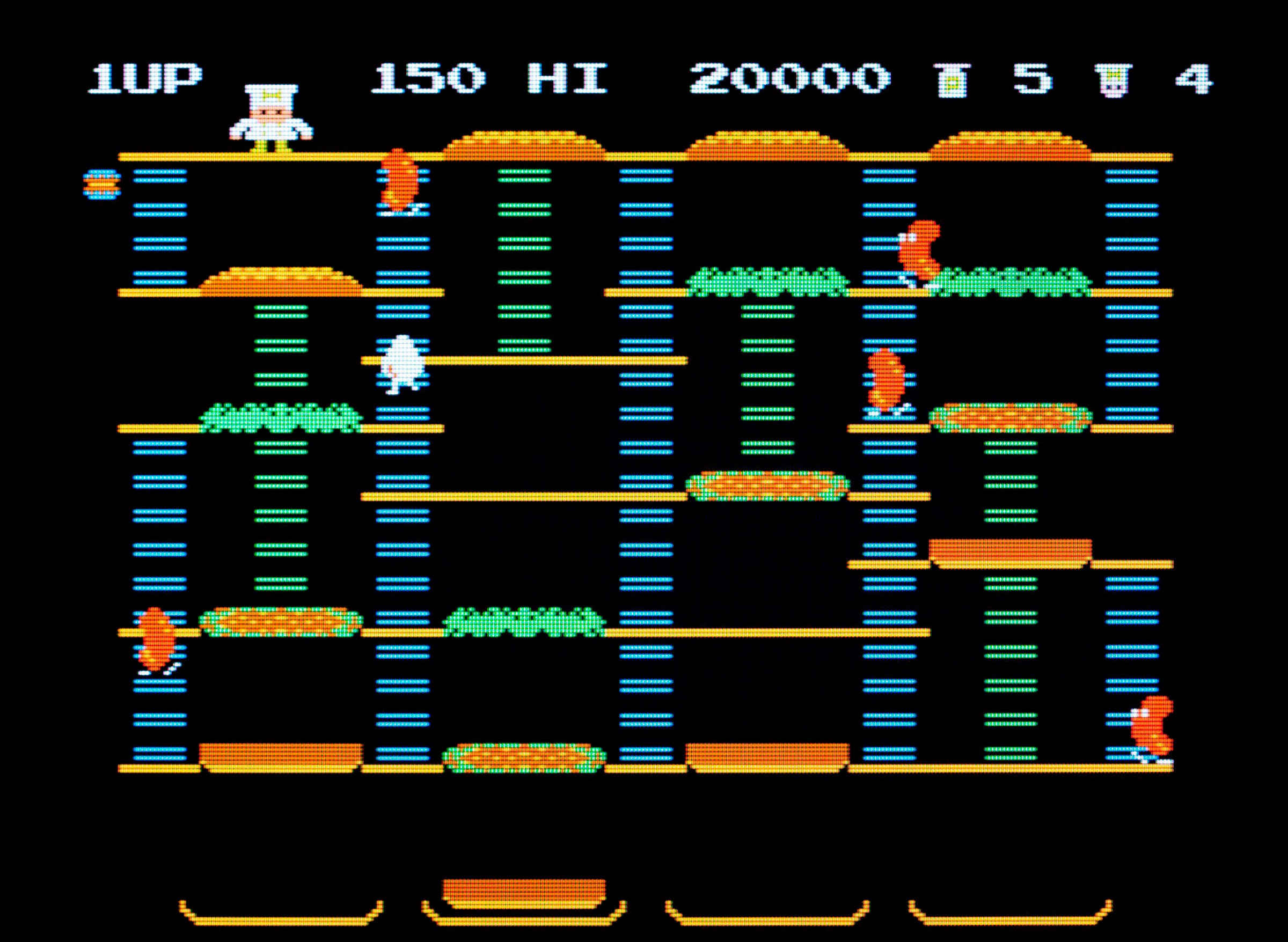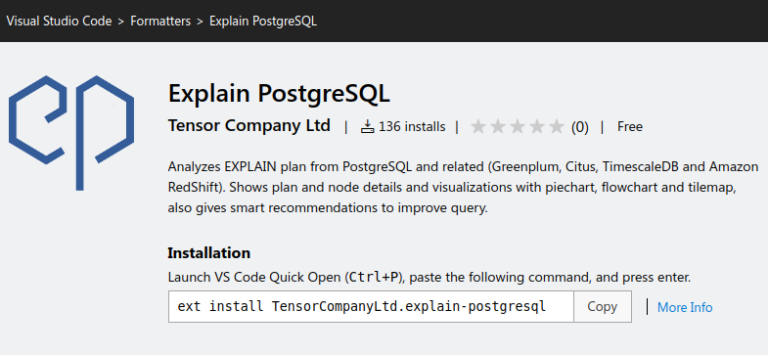Services that provide users with games by subscription seem to be a new idea. But in fact, even 40 years before Microsoft’s Game Pass service, some companies were offering something similar.
Xbox Game Pass launched in 2017 and now has 23 million subscribers. The service provides its users by subscription with early access to a large catalog of games, and it is possible to play on different devices. It’s simple: paid for a subscription, got access to the catalog. But this is not at all a new idea, as it might seem.
Subscription gaming services have been around for a long time, and this is one of the first ideas that came along with the popularization of video games. Subscriptions were sold to buyers of consoles and cartridges for Atari and Intellivision. In a sense, these services even surpassed modern ones – the most “heavy” games could be downloaded in just 30 seconds, where there are modern consoles.
But, like many good ideas, subscription gaming did not survive the 1983 crisis. But they showed gamers the benefits of online entertainment, which ultimately led to the emergence of the largest giants of the dot-com era.
The subscription boom began with Mattel. She introduced PlayCable, a peripheral for the Intellivision console. The device connected users to a constantly updated catalog of games for $ 12.95 per month. There were many games, some of which were very popular, like Utopia and Burgertime.
The PlayCable project was not a local initiative. 13 US cable providers took part in its implementation. The company also paid for advertising to celebrities – just like it is today. For example, the company paid a famous baseball player of the time to appear in several commercials that aired in 1982.
Gary Moskowitz, marketing director for Mattel Electronics from 1981 to 1984, says the new service was part of Mattel’s burgeoning e-business. “I think sales went from $ 50 million to $ 550 million between 1981 and 1982,” Moskowitz comments.
PlayCable was the main, but not the only player in the gaming services market at that time. Not without competitors, one of which, GameLine, partnered with Atari in 1983. The service was compatible with the Atari 2600, and it only cost $ 60 for the peripheral, the Master Module, to connect to it, plus $ 15 to activate the service. There was no subscription, instead gamers paid on a time basis – $ 1 per hour per game.
In the same 1983, another solution from The Games Network appeared. The company did not connect gamer consoles to the network. Instead, it offered its own gaming device, which was something like a PC. It could even be said that, in a sense, it offered users a thin client. By himself, he could hardly do anything and was completely tied to network functions. The company was also not small – its service was offered to residents of the USA, Canada, Great Britain and Germany.
And that’s not all, Canada had its own streaming gaming network. It was called Nabu, and its slogan was “Switch to smart TV!”.
The two largest media companies, Warner Cable and American Express, began to develop their own network. They proposed QUBE, an experimental two-way communication system offering interactive TV services. The cable network itself has been around since the 70s, and in 1983 companies decided to plug it into a gaming service. John Lockton, president of Warner Amex, told the Wall Street Journal in early 1983 that “we feel that the gaming channel is a concept that is about to come.”
Technologies
The backbone of PlayCable is cable TV, which in turn has become the basis for providing access to the global network, at least in the United States. And the beginning of this whole process was given by services and networks like PlayCable.
PlayCable is a joint venture between Jerrold Division General Instrument, which developed specialized cable adapters, and Mattel Electronics. The PlayCable system was cabled first to an Intellivision set-top box and then to a cable TV provider device. Once connected, the data was transmitted in the FM band.
When the system was turned on, a greeting appeared on the TV screen with the connection to the smart TV. The service was fast, based on an alphabetical catalog of games that could be downloaded in seconds. It is clear that their size was extremely small, but still. By the way, the Master Chief Collection now takes up 800 million times less memory than the “heaviest” game for PlayCable.
There was one more important difference from modern consoles – the consoles of that time did not have internal memory, everything was loaded into RAM. So the game had to be downloaded and loaded every time PlayCable was launched.
As for the device from Games Network, it did not connect to consoles and was a full-fledged gaming system to which you can connect drives, printers, joysticks and other peripherals. The connection to the catalog was made via a modem and a telephone cable. It was possible to connect to other computer networks as well.
Heritage
PlayCable, GameLine, and The Games Network were all very modern services. They offered customers a catalog of online games more than a decade before the advent of the world wide web. Sadly, none of these companies survived 1984.
One of the reasons is technical difficulties, because it was necessary to negotiate with cable operators and pay them. The second reason is a rather expensive subscription. So, the monthly fee for The Games Network was $ 14.95 per month, which is about $ 42 for modern money. That’s three times the price of the most expensive Game Pass Ultimate subscription. All in all, it was expensive.
The third reason is a disagreement between partners Mattel and General Instrument. The issue resulted in the network connectivity hardware not being updated, the infrastructure not being updated so that users could not play the later Intellivision games.
Well, then the crash began, which began in 1982. This and the following years was a nightmare for the video game industry. Companies left projects, divisions were bought and sold. There was no time for gaming networks.
But already in 1985, Quantum Computer Services, a company that entered into an agreement to provide network access for Commodore systems, appeared. The company grew rapidly and in 1989 it was renamed America Online, which we all already know about. By the way, the Quantum Link network at one time offered the first graphical multiplayer game Lucasfilm’s Habitat.








